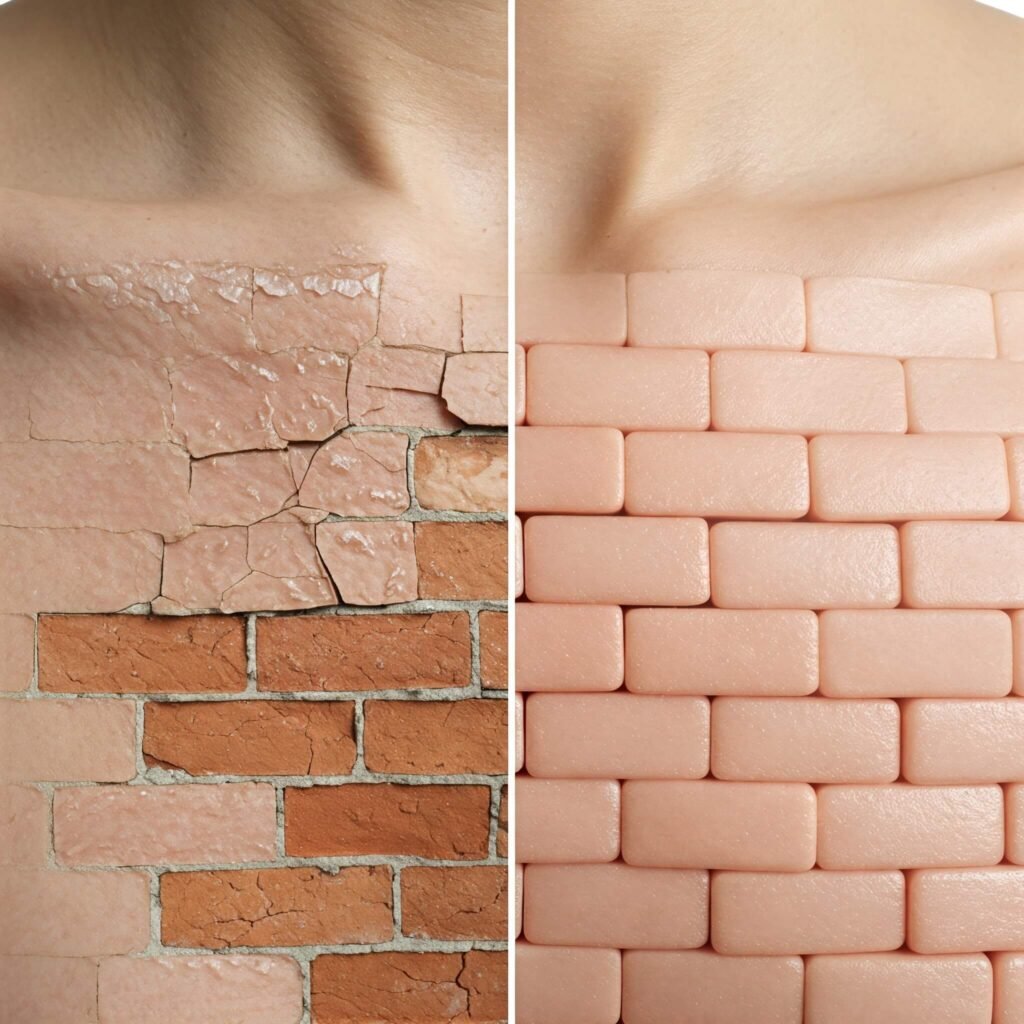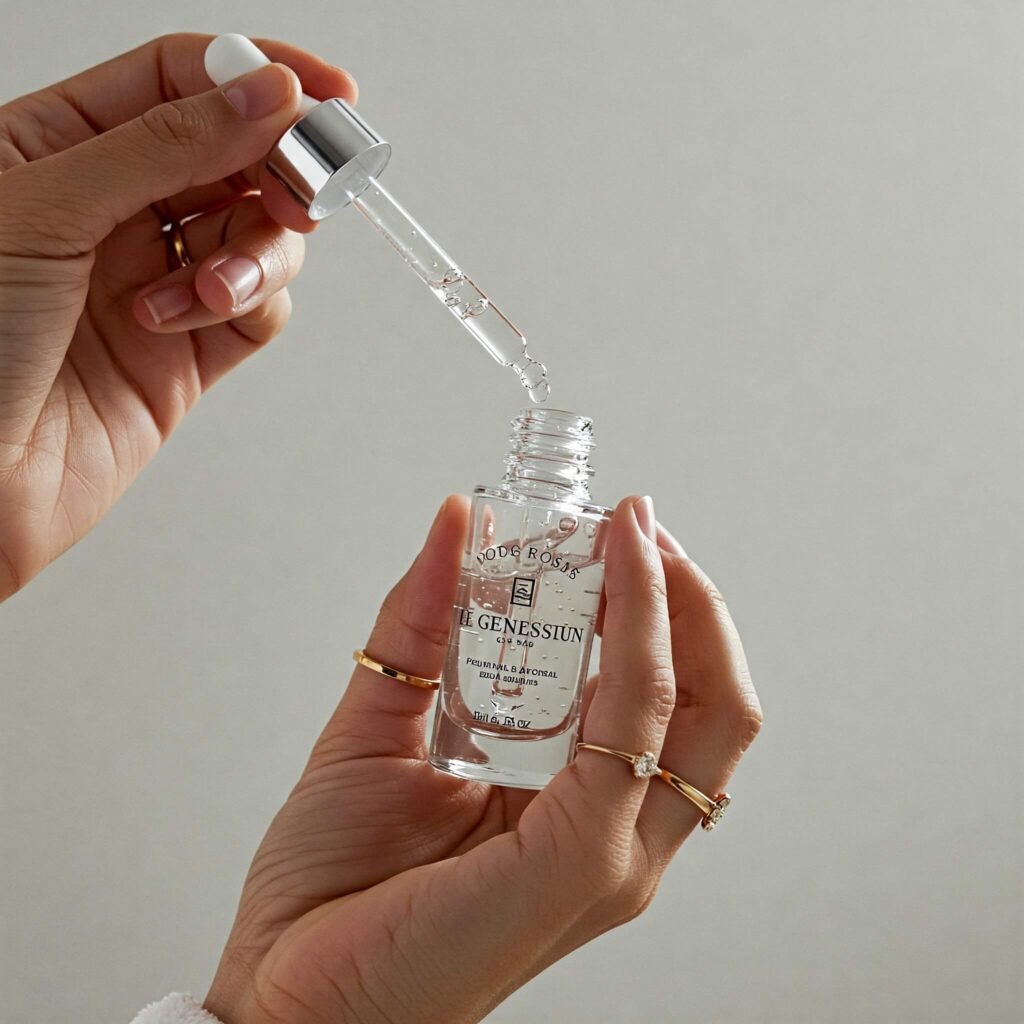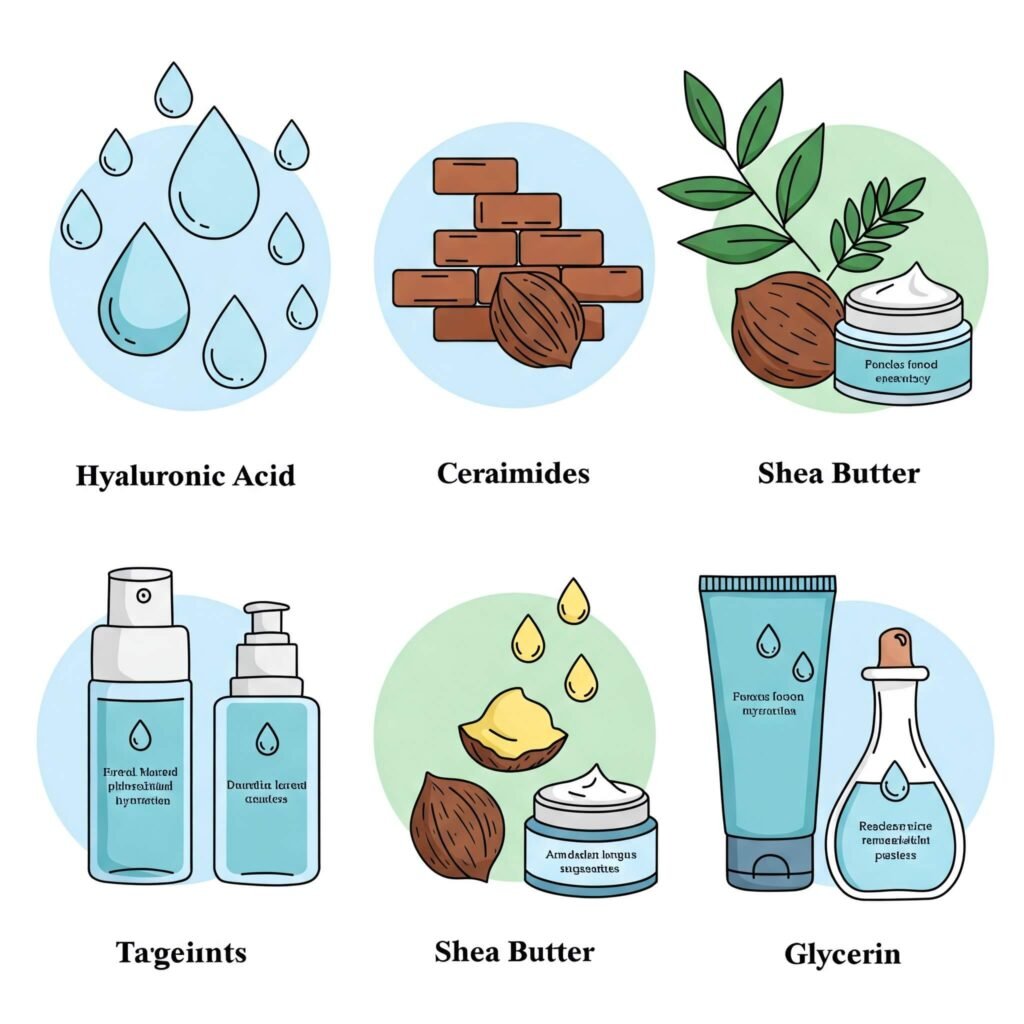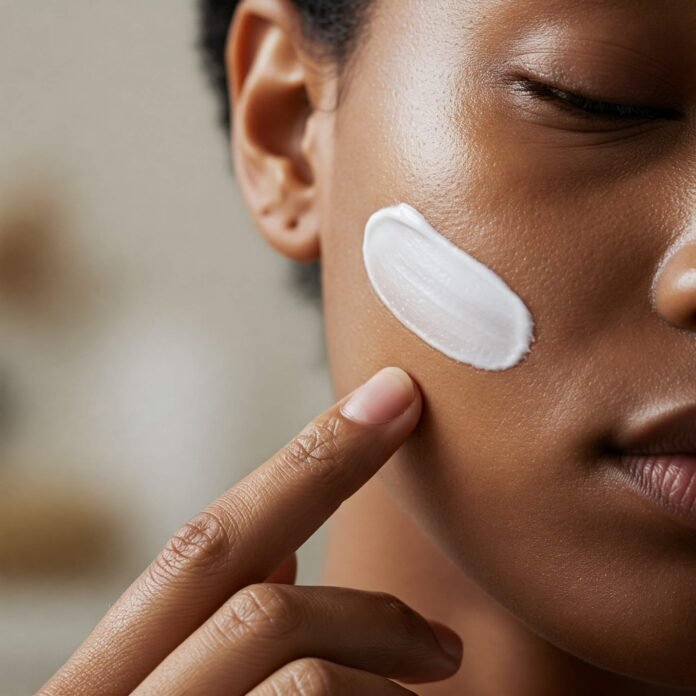If you’ve ever experienced that tight, uncomfortable, sometimes flaky sensation, you know the struggle is real: dry skin. It can feel relentless, leaving your complexion looking dull and feeling rough. Finding the best skin care for dry skin isn’t just about slathering on moisturizer; it’s about understanding its needs and building a routine that truly hydrates and heals. In this guide, we’ll dive deep into why your skin might be dry, share essential hydrating tips, and highlight the key ingredients and product types that make a real difference. Get ready to transform your dry, thirsty skin into a plump, comfortable, and glowing canvas!
Understanding Dry Skin: Causes and Symptoms

Before we talk about the best skin care for dry skin, let’s clarify what it is. Dry skin, or xerosis, is a common condition characterized by a lack of sufficient moisture in the skin’s outermost layer. This compromises the skin barrier, making it less effective at protecting itself and retaining hydration.
Several factors can contribute to dry skin:
- Environmental Factors: Cold or dry weather, low humidity, exposure to wind, and indoor heating or air conditioning.
- Hot Water: Long, hot showers or baths strip natural oils.
- Harsh Soaps and Cleansers: Products containing sulfates or strong fragrances can be too drying.
- Aging: As we get older, our skin naturally produces less oil.
- Genetics: Some people are simply predisposed to dry skin.
- Medical Conditions: Eczema, psoriasis, and thyroid issues can cause dryness. You can learn more about dry skin causes and management from experts like the American Academy of Dermatology (https://www.google.com/search?q=https://www.aad.org/public/everyday-care/dry-skin/dry-skin-causes).
Recognizing the symptoms is the first step towards finding the best skin care for dry skin:
- Feeling of tightness, especially after washing.
- Skin that looks rough or scaly.
- Itching (pruritus).
- Slight to severe flaking or peeling.
- Fine lines or cracks.
- Redness or irritation.
Essential Hydrating Tips for Dry Skin
Managing dry skin goes beyond just the products you use; it involves lifestyle adjustments. Here are some crucial hydrating tips for dry skin:
- Shorter, Cooler Showers/Baths: Limit time to 5-10 minutes and use lukewarm, not hot, water.
- Use a Gentle Cleanser: Avoid harsh soaps. Look for creamy, oil-based, or syndet bar cleansers specifically formulated for dry skin.
- Pat Your Skin Dry: Instead of vigorously rubbing with a towel, gently pat your skin to leave a little moisture behind.
- Moisturize Immediately: Apply your moisturizer within a few minutes of washing your face or body. This helps trap the water absorbed during washing.
- Use a Humidifier: Adding moisture to the air in your home, especially during dry seasons or when heating/AC is on, can make a big difference.
- Protect Your Skin: Wear gloves in cold weather and when using cleaning products.
- Stay Hydrated (Inside and Out): While drinking water’s direct impact on skin hydration is debated, it’s vital for overall health. Combine internal hydration with topical care for the best results.
Building The Best Skin Care Routine for Dry Skin
A consistent routine is key to managing dry skin. Here’s a simple, effective framework focusing on hydration and barrier repair, highlighting where to find the best skin care for dry skin products.
Step 1: Gentle Cleansing is Crucial for Dry Skin
Start with a cleanser that removes impurities without stripping your skin’s natural oils. Look for terms like “hydrating,” “creamy,” “oil-based,” or “non-foaming.” Ingredients like glycerin and ceramides in cleansers can help maintain moisture. Avoid anything that leaves your skin feeling “squeaky clean” – that means it’s too harsh!
Step 2: Boost Hydration with Serums and Treatments
After cleansing, while skin is still slightly damp, apply a hydrating serum. This is where you find concentrated ingredients to deeply moisturize.
- Hyaluronic Acid: A powerhouse humectant that draws moisture into the skin.
- Glycerin: Another effective humectant that attracts and holds water.
- Niacinamide: Helps improve the skin barrier function and reduces redness.
Layering a serum under your moisturizer provides an extra boost of hydration, essential for the best skin care for dry skin.
Step 3: Choosing The Best Moisturizer for Dry Skin
This is arguably the most critical step for managing dry skin. Moisturizers work by both adding moisture and preventing its loss. The best skin care for dry skin moisturizers often contain a mix of ingredients:
- Humectants: (like Hyaluronic Acid, Glycerin, Sodium PCA) draw water into the skin.
- Emollients: (like Ceramides, Fatty Acids, Shea Butter, Squalane) smooth and soften the skin, filling in cracks.
- Occlusives: (like Petrolatum, Dimethicone, Mineral Oil) form a protective seal on the skin’s surface to prevent water loss.
For very dry skin, richer creams and ointments are often more effective than lotions. Apply generously to slightly damp skin.

Step 4: Don’t Forget Sunscreen!
Sun damage further impairs the skin barrier and can worsen dryness. Even on cloudy days, apply a broad-spectrum SPF 30 or higher. Many sunscreens are formulated with moisturizing ingredients, making them a great final step in your morning routine for the best skin care for dry skin.
Product Picks: Ingredients to Look For (and Avoid)
When searching for the best skin care for dry skin, the ingredient list is your best friend.
Hydration Heroes: Ingredients to Look For
- Hyaluronic Acid: Attracts and holds up to 1000 times its weight in water.
- Ceramides: Essential lipids that make up the skin barrier; replenishing them is vital for repair. Learn more about the science behind ceramides and skin health here: https://pubmed.ncbi.nlm.nih.gov/12553935/ (Link to a PubMed abstract, suitable for a slightly more scientific angle) or look for articles on reputable skincare science sites.
- Glycerin: A classic, effective humectant.
- Shea Butter: A rich emollient that softens and smooths.
- Squalane: Mimics skin’s natural oils, providing moisture and barrier support.
- Fatty Acids (e.g., Linoleic Acid): Help repair the skin barrier.
- Niacinamide (Vitamin B3): Improves barrier function and reduces inflammation.
- Urea: At low concentrations, helps bind water in the skin.

Ingredients to Steer Clear Of
- Alcohol Denat. (Denatured Alcohol): Can be very drying.
- High Concentrations of Fragrance/Parfum: Common irritants for sensitive, dry skin.
- Sodium Lauryl Sulfate (SLS): A harsh surfactant found in some cleansers that strips oils.
- Harsh Physical Exfoliants (e.g., Walnut Shells, large grains): Can create micro-tears and worsen dryness. Chemical exfoliants (like AHAs/BHAs) can be used gently in moderation once the barrier is healthy, but aren’t typically the first step for very dry skin.
For reliable information on ingredients and skin conditions, consider resources like the American Academy of Dermatology (https://www.aad.org/).
Lifestyle Factors Impacting Dry Skin
Your skin reflects your overall health. Factors like chronic stress, lack of sleep, and a diet lacking in essential fatty acids can all contribute to dryness. While skincare products work topically, supporting your skin from within complements your efforts to achieve the best skin care for dry skin.
When to See a Dermatologist
While this guide provides general tips for finding the best skin care for dry skin, sometimes professional help is needed. Consult a dermatologist if your dry skin:
- Doesn’t improve with over-the-counter products and tips.
- Is severe, with significant cracking or bleeding.
- Is accompanied by intense itching that disrupts sleep.
- Shows signs of infection (redness, swelling, pus).
- Might be related to an underlying medical condition.
Conclusion
Finding the best skin care for dry skin is a journey that requires patience and consistency. By understanding the causes, adopting gentle habits, and selecting products with key hydrating and barrier-repairing ingredients, you can significantly improve your skin’s comfort and appearance. Embrace this targeted approach, and you’ll be well on your way to achieving beautifully hydrated, healthy-looking skin. Your skin will thank you!
































